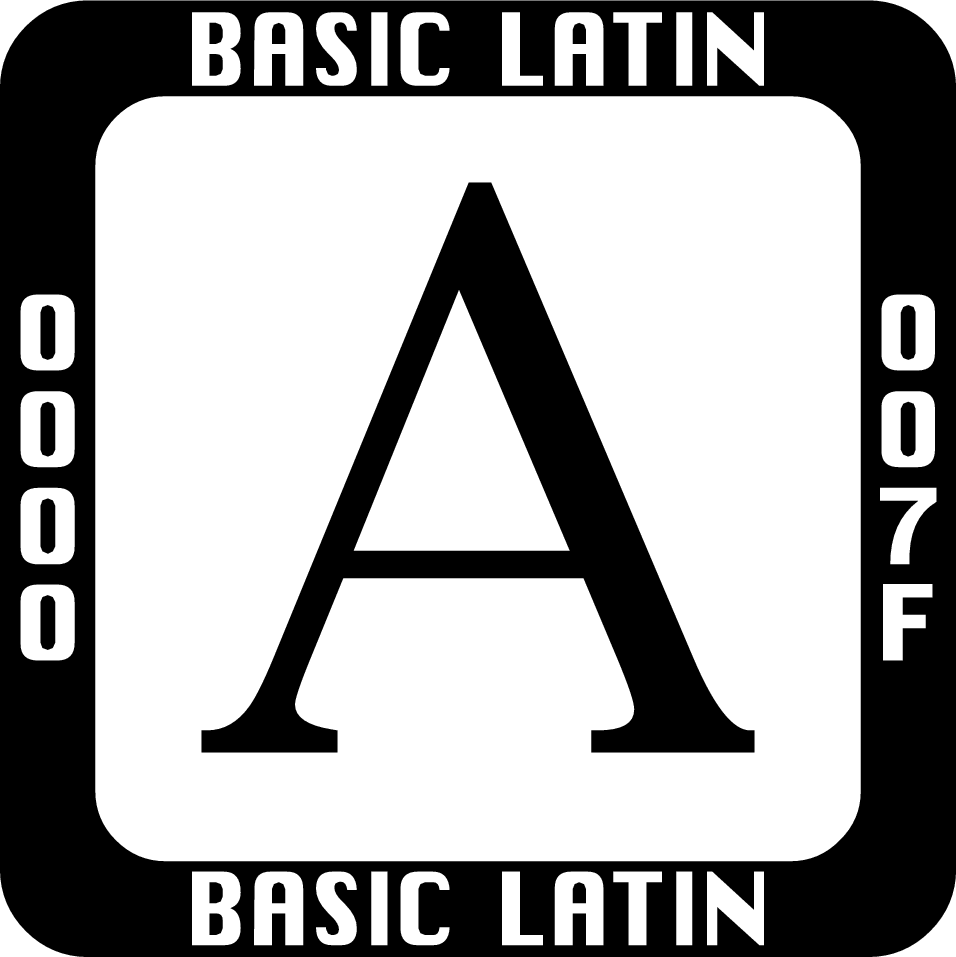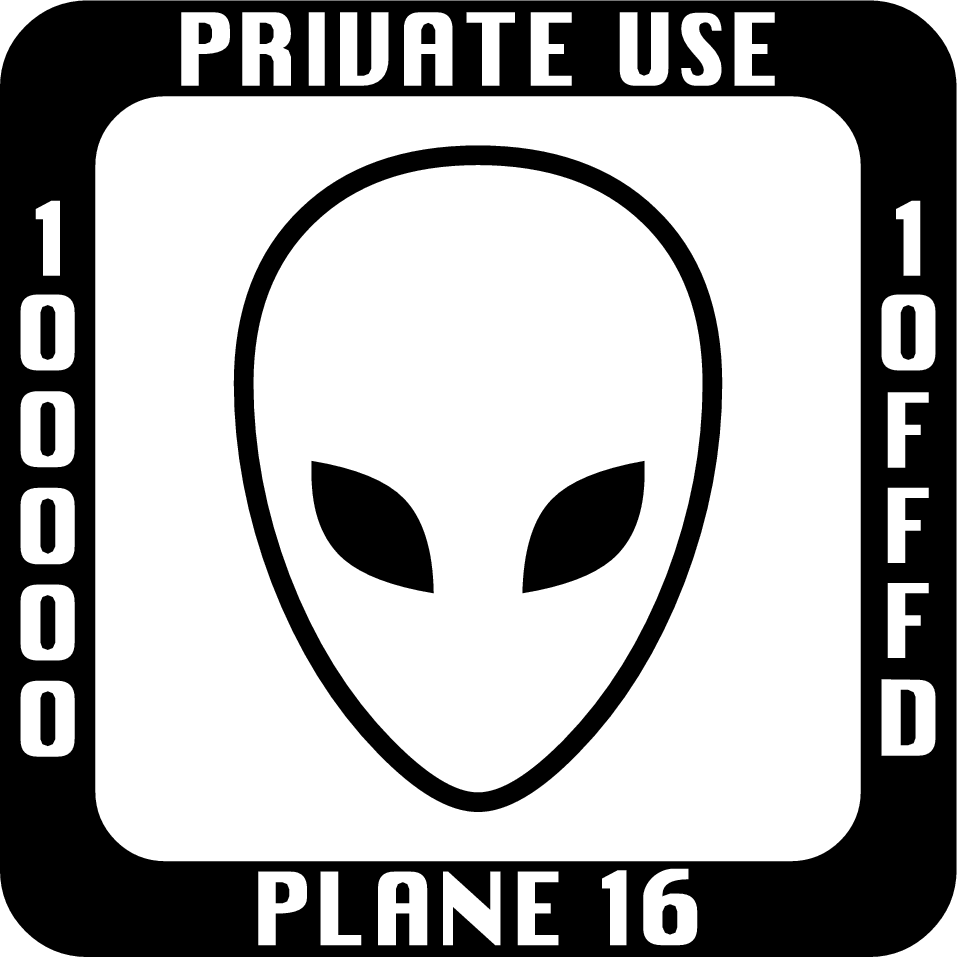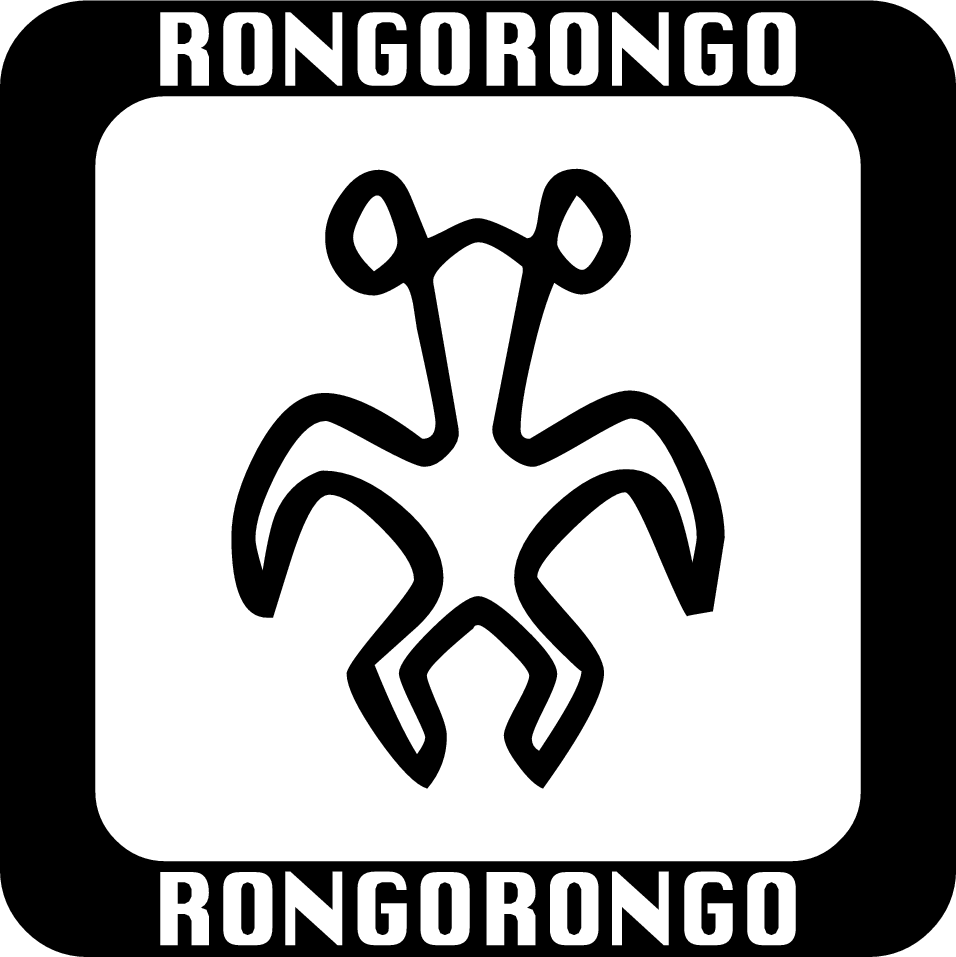The thing they always say about good typography is that it often blends into whatever setting you’re using so it gets out of the way and you barely even notice it.
If that’s the case, the font LastResort may be the greatest font of all time. (For fans of Papa Roach, I’m sorry to say it has nothing to do with the turn-of-the-century nu-metal classic.)
If you’re a Mac user in particular, it’s a piece of typography that only occasionally shows up in technical settings, and when it does, it doesn’t scream at you, in part because most of the time it only shows a single character—the type of character that is missing from the font you’re trying to use. If you’re in a country with a language based on Latin script, it’s generally this one:

But LastResort is a more interesting font than it seems. It’s essentially the typography form of hieroglyphics, showing unusual characters intended for people building fonts to have some sort of error system that helps them figure out what might be missing from their typeface.
LastResort is not an easy font to dig up. It does not appear in the Mac’s emoji interface. When I downloaded the typeface from the Unicode Consortium to analyze it, I found that it didn’t display in MacOS’ default Font Book app. (If you want to see it there, download a font that doesn’t have any lowercase characters.) Downloading a third-party app got me a bit closer to seeing it, but even then, it only showed me a single character.
The truth is, there are a lot of characters there, but you don’t see them because they are only designed to signify a certain type of character. Most users don’t see these because they largely stick to one language.
But Apple, reflecting its focus on accessibility, has to account for everyone. For example, if you go into your Mac’s /System/Library/Fonts folder, you might be surprised at the sheer level of interesting fonts in there that you probably never use, one of which is LastResort. Buried inside my Mojave-based system, the first font that shows up is “Apple Braille Outline 6 Dot.ttf,” a font that, unlike LastResort, is easy to uncover in Font Book. Numerous other languages appear as well. Most of these fonts are not intended for you; they’re intended for whatever tiny edge case that a multilingual operating system must account for.
(But be careful in that folder: As a 2005 MacWorld article notes, if you remove one of a handful of fonts from the system, it won’t boot.)
LastResort is the edge case that appears when all the other edge cases have been exhausted. First developed in 1998 for MacOS 8.6, the font was initially a part of the Apple Type Services for Unicode Imaging (ATSUI) stack, and was intended to offer an internal fallback for typography that appears within the operating system.
As an Apple website from the era explains of its use case:
These glyphs are used as the backup of "last resort" to any other font; if the font cannot represent any particular Unicode character, the appropriate "missing" glyph from the Last Resort font is used instead. This provides users with the ability to tell what sort of character it is, and gives them a clue as to what type of font they would need to display the characters correctly.
(Compare it to how, if you don’t have a certain font that a website needs, it will use an inferior backup like Times New Roman instead.)
Reflecting its age and dating it, the edges of LastResort’s blocked outlined characters, even to this day, feature numbers and descriptive characters displayed in the font Chicago, an iconic part of the Mac’s distinctive look and feel for many years, but a font that was retired in most Apple products by the late 1990s (with a notable exception being the early versions of the iPod).

LastResort, though with a front-facing use case, is largely intended for developers, as it lets them know characters that might be missing in their Unicode-compliant typefaces. But even though that’s the use case, there is some generally weird stuff in there, including a Saturn-shaped planet, an alien, and a ghost, along with references to private and undefined characters.

Even the characters that were intentionally meant to be useful are fascinating—Aztec pictographs make an appearance, as do literal Egyptian and Mayan hieroglyphs, as well as the Easter Island rongorongo glyph system. If it’s a type of character, it’s probably represented in this list.
But while the ATSUI stack didn’t last in MacOS, being replaced more than a decade ago by Apple’s current Core Text technology, LastResort is still there—and is in fact (fittingly) the basis of a Unicode standard that is maintained by typographer and linguist Michael Everson.
If you go to the Unicode website, in fact, you can find characters sorted by the LastResort codes.
If you want to dig through the LastResort characters yourself, the user altmind on Github has high-resolution renderings of the glyphs worth checking out. There’s some pretty wild stuff in there.
from VICE US https://ift.tt/2QcSEtL
via cheap web hosting
No comments:
Post a Comment